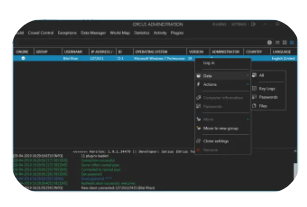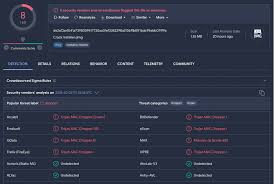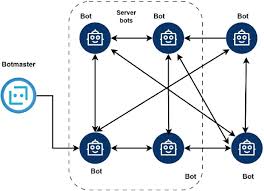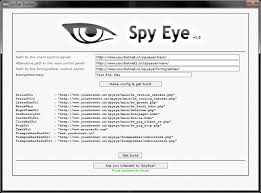
Orcus 1.9 Official Stable Release – AntiTakedown (Multilingual)
Orcus RAT (Remote Access Trojan) has long been a controversial tool in cybersecurity circles. The 1.9 Official Stable Release – AntiTakedown (Multilingual) version introduces enhanced evasion techniques, multilingual support, and improved remote control capabilities. While ethical hackers may use such tools for penetration testing and security research, unauthorized deployment is illegal and poses serious risks to privacy and security.
Download Link 1
Download Link 2
Download Link 3
Download Link 4

What is Orcus RAT?
Orcus is a Windows-based Remote Administration Tool (RAT) that provides extensive control over compromised systems. The 1.9 AntiTakedown version includes advanced anti-analysis features, making detection harder for security software. Ethical applications include red teaming, incident response simulations, and malware research, but misuse can lead to severe legal consequences.
Detailed Features of Orcus 1.9 AntiTakedown (Multilingual)
| Feature Category | Specific Features | Technical Details | Evasion Level |
|---|---|---|---|
| Remote Control | Desktop Streaming | Real-time screen viewing with low latency | High (Encrypted) |
| Persistence | Registry & Startup Hooks | Installs via Run keys, WMI, or Scheduled Tasks | Extreme (Bypasses UAC) |
| Anti-Detection | Process Hollowing | Injects into legitimate processes (e.g., explorer.exe) | Extreme (AV/EDR Bypass) |
| Data Theft | Keylogging & Clipboard | Logs keystrokes, extracts clipboard data (crypto wallets, passwords) | High (Silent Mode) |
| Network Evasion | DNS Masking | Uses domain generation algorithms (DGA) for C&C | Extreme (Hard to Takedown) |
| Multilingual Support | 12+ Languages | GUI & logs available in multiple languages | Moderate (Widens Attack Surface) |
| Plugin System | Modular Extensions | Supports add-ons (e.g., ransomware, cryptominer) | High (Customizable) |
Why Use Orcus 1.9? (Ethical Context Only)
Penetration Testing – Simulating advanced persistent threats (APTs) to test defenses.
Malware Analysis – Reverse-engineering to improve detection signatures.
Red Team Exercises – Assessing enterprise security against real-world attack vectors.
Forensic Investigations – Studying attack patterns in controlled environments.


